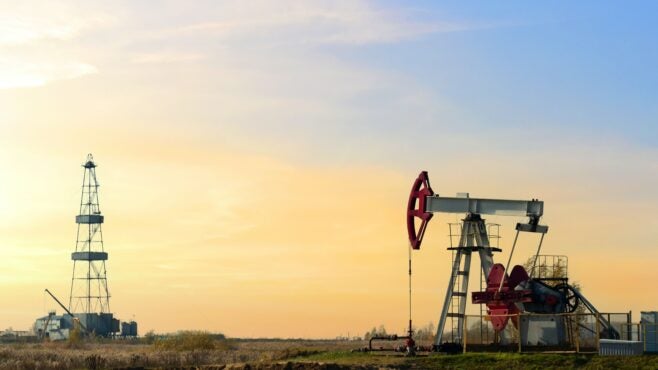The environmental impact of lockdown was one of the few positives of the Covid-19 pandemic. With commercial electricity demand lower and international transport suspended, coal, oil and gas production fell by 3.1%, 4.8% and 1.9%, respectively, in 2020 compared with 2019, shows data from GlobalData.
CO2 emissions fell by 7% in 2020, a drop the UN estimates will be needed every year from now to 2050 to reach net zero.

However, data shows that last year’s climate progress may prove very temporary. In 2021, hand-in-hand with the global economic recovery, coal and gas production are set to exceed levels recorded in 2019, while current trajectories would see oil doing so by 2023. CO2 emissions are set to increase this year by around 5%, estimates the International Energy Agency (IEA).
“The demand fall during the pandemic was entirely linked to governments’ decision to restrict movements and had nothing to do with the energy transition,” Cuneyt Kazokoglu, an analyst at consultancy FGE, told Reuters. “The energy transition and decarbonisation are decade-long strategies and do not happen overnight.”
The inability of fossil fuel production to keep up with booming demand is a major factor behind the current global energy crisis, even as world leaders prepare to head to Glasgow for crucial climate talks at COP26.

US Tariffs are shifting - will you react or anticipate?
Don’t let policy changes catch you off guard. Stay proactive with real-time data and expert analysis.
By GlobalDataIn the power sector, renewables are nevertheless continuing to boom. By 2022, annual additions of solar and wind will both be around 50% higher than they were in 2019, estimates the IEA. However, electricity demand growth, largely driven by industrialising economies in Asia, continues to outstrip growth in renewables.
In the first half of 2021, CO2 emissions from electricity generation were about 5% higher than in the first half of 2019, estimates an analysis from think tank Ember. This is due to fossil fuels meeting the world’s surging electricity demand alongside new renewables. While wind and solar met 57% of the demand rise, coal met the remaining 43%.
“Catapulting emissions in 2021 should send alarm bells across the world,” said Ember’s Dave Jones. “We are not building back better, we are building back badly.”



